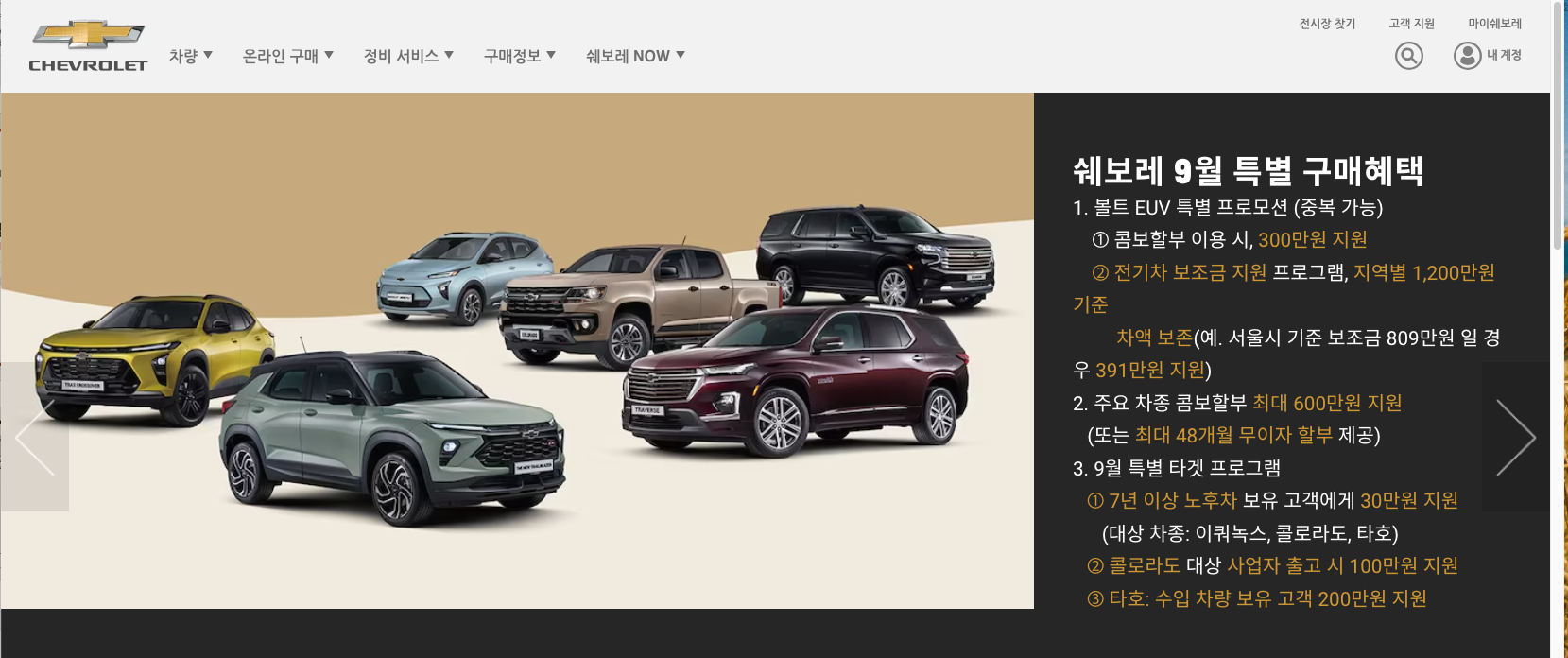General Motors Enterprise Content Strategy: Global Content Localization
As part of General Motors’ enterprise content strategy team, I analyzed GM content localization across the globe. The goal was to maximize efficiency and limit waste.
The project involved months of interviews and then data synthesis, mapping the movement of content from its inception in Detroit through regional hubs to local markets. We documented and analyzed translation methods using AI as well as more traditional human translators.
Our team documented how GM localizes its content and the different methods used in different markets.
Some of the content goes through a regional hub, such as countries in South America, which include 7 Spanish-speaking countries and Portugese-speaking Brazil. These regional hubs provide localization and translation, adapting US-created content to places that may not experience cold winter, for instance, and thus can’t display pictures of SUVs in snow. But with other countries, such as Australia, Japan and Mexico, content goes directly from the US to their offices for them to localize themselves.
The regionalization hubs help save GM money and also ensure content is consistent across markets that may be similar, such as Lebanon and Jordan in the Middle East market, where Chevys are sold.
Our analysis of the localization process showed how recently implemented processes standardized content appearing in different languages, to make it consistent and recognizably for certain brands. Content prior to these new processes (shown here on the left) was a hodgepodge of images and styles, while the new system clearly featured the same vehicle, even the same color and backdrop, across markets and countries.
In analyzing these processes, we demonstrated how the new process saved time and money.

Chevrolet’s Korean site




